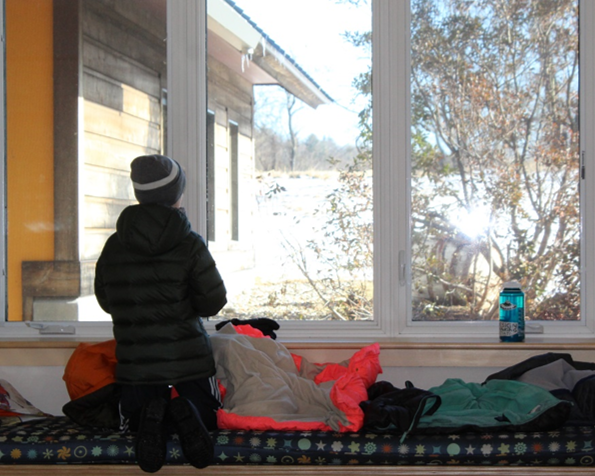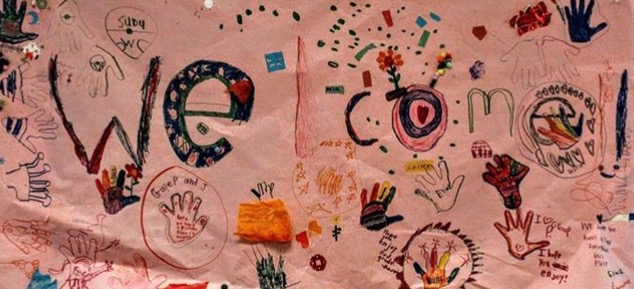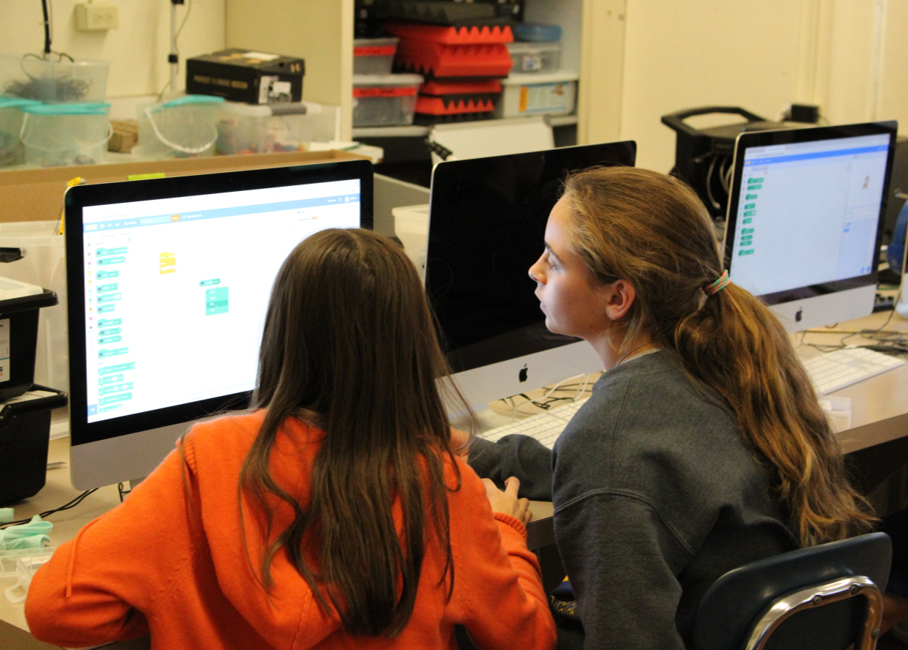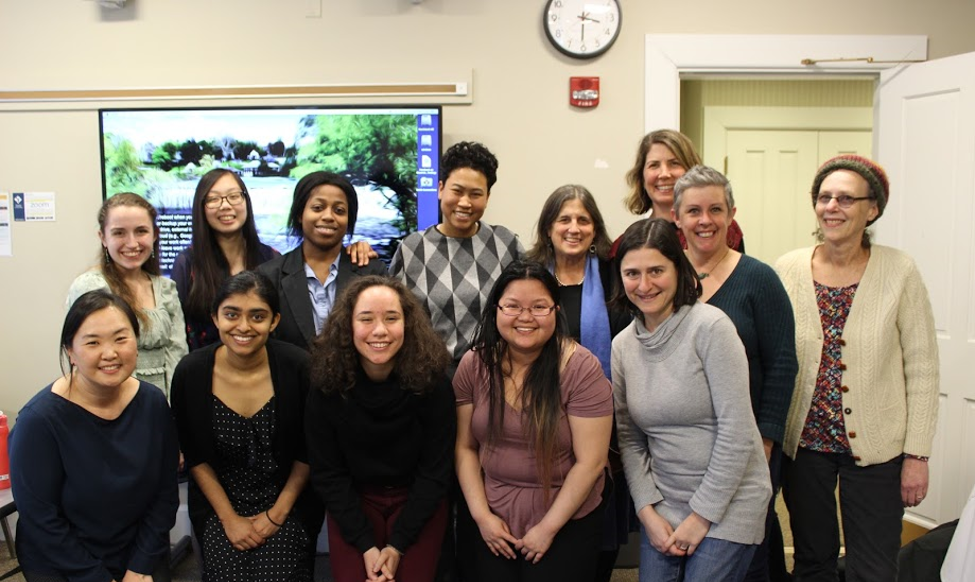Driving the winding roads to the Ada and Archibald MacLeish Field Station on a crisp winter morning, one passes babbling brooks; sugar houses; sprawling fields and pens of cattle. Pulling into the parking lot—a permeable surface designed by a Smith student researcher, designed to keep vehicles on the periphery of the space—a wooded path carries visitors “over the river and through the woods” to the Field Station, where meadow gives way to mountain views—craggy, covered in pines. One Friday morning in January, I had the pleasure of accompanying Campus School sixth graders to this New England landmark, learning alongside them about the…
Comments closedCategory: Issue 5
One of the many benefits of teaching in a lab school is the opportunity teachers have to be learners– not only in informal ways within their classrooms, but also in more formal ways through professional development opportunities at school, conferences and workshops, and courses taught at Smith College. Joining Campus School this year as Assistant Head of School, I was fortunate to be invited to sit in on Professor Joel S. Kaminsky’s Religion course: “Why do the Innocent Suffer?” And, as a former Smith College religion major, I relished this chance to immerse myself once again in the readings and discussions that…
165 CommentsNow a senior in high school, CS alum Eli Kramer ’14 returned to campus for the Fall 2019 Open House to share his reflections with prospective families. His words appear below, verbatim. When I was first asked to talk about my time at Campus School, I instantly agreed. It had been a great time in my life. But then, when it came time to actually think about what I would say, I felt stuck. As a senior in high school now, it’s been a while since elementary school, and I wasn’t sure how much I remembered or what I had [that was]…
249 CommentsIn order to tell my story of student teaching at Campus School, I have to set the scene: my dorm room this year is unlike any other. I am often surprised to find out that other people don’t have a desk covered in sentence strips or a bedside table stacked with Because of Winn-Dixie, several random picture books, and a pile of cursive handwriting notebooks. What do you mean your floor isn’t scattered with copies of a comic about the rules of comma usage, a handful of die-cut letters, and a handmade book called ¡Yo Soy Viscacha! (a Spanish-language nonfiction story about…
2,489 Comments“It makes sense to draw parallels between how we understand literacy, how children develop literacy, how we teach literacy, and how we understand and develop this other sort of sub-literacy, computer science literacy,” said technology teacher Joe Bacal, seated in the Campus School computer lab one fall morning. “The things that we do in Scratch fit into a larger framework of literacy,” he added. Tucked beneath the music room in a windowed corner of Campus School, students in grades 2-6 engage in weekly lessons with Joe, who joined the Campus School community in September after a rich and varied career in teaching,…
3 CommentsWalking through the wings of Campus School on a chilly November morning, one may not suspect that the children crawling crab-walk style through a corridor are actually honing their handwriting skills. But thanks to students in Professor Bona Kang’s fall course, Research Methods in Education, so it is that first and second graders engaged in games designed to improve their pencil grips and penmanship last semester (the crab-walks supporting core strength, which has been tied—in research—to improved handwriting). From popping bubble wrap against a timer using a variation of the tripod grip, to picking up cotton balls with vibrant, neon training chopsticks…
Comments closed




